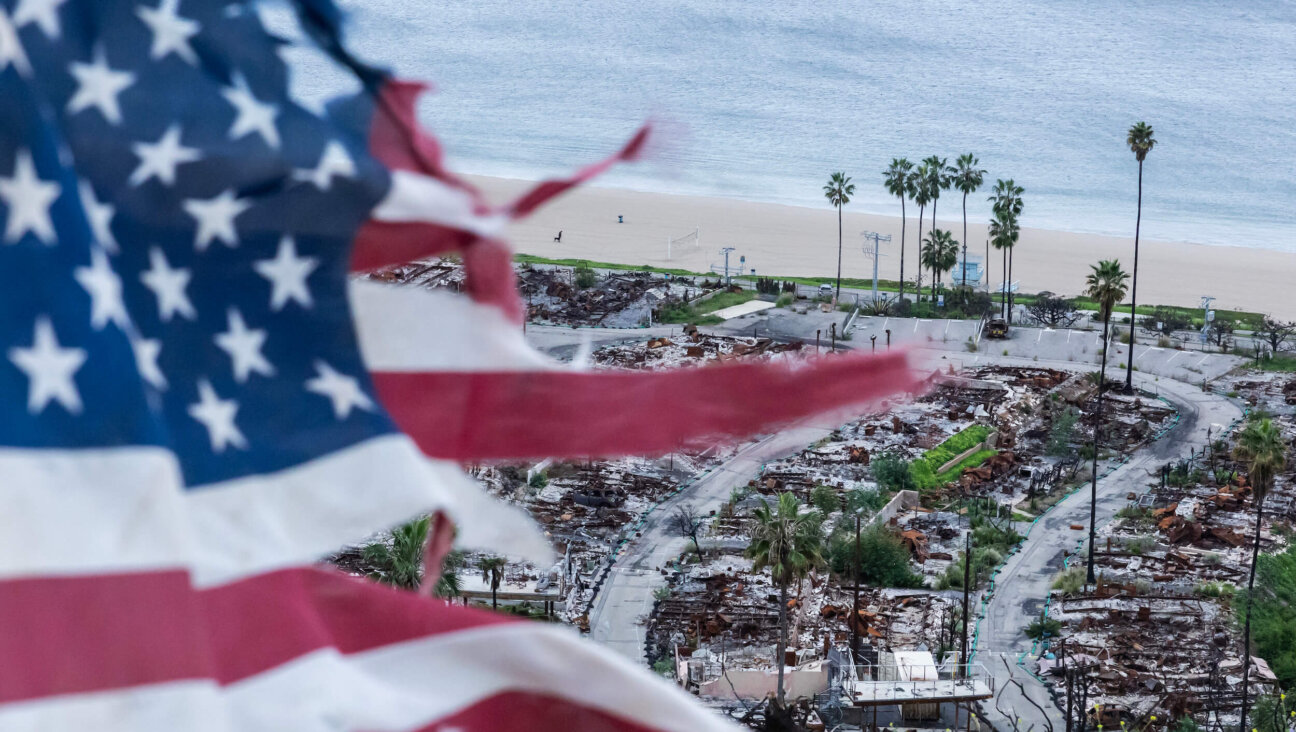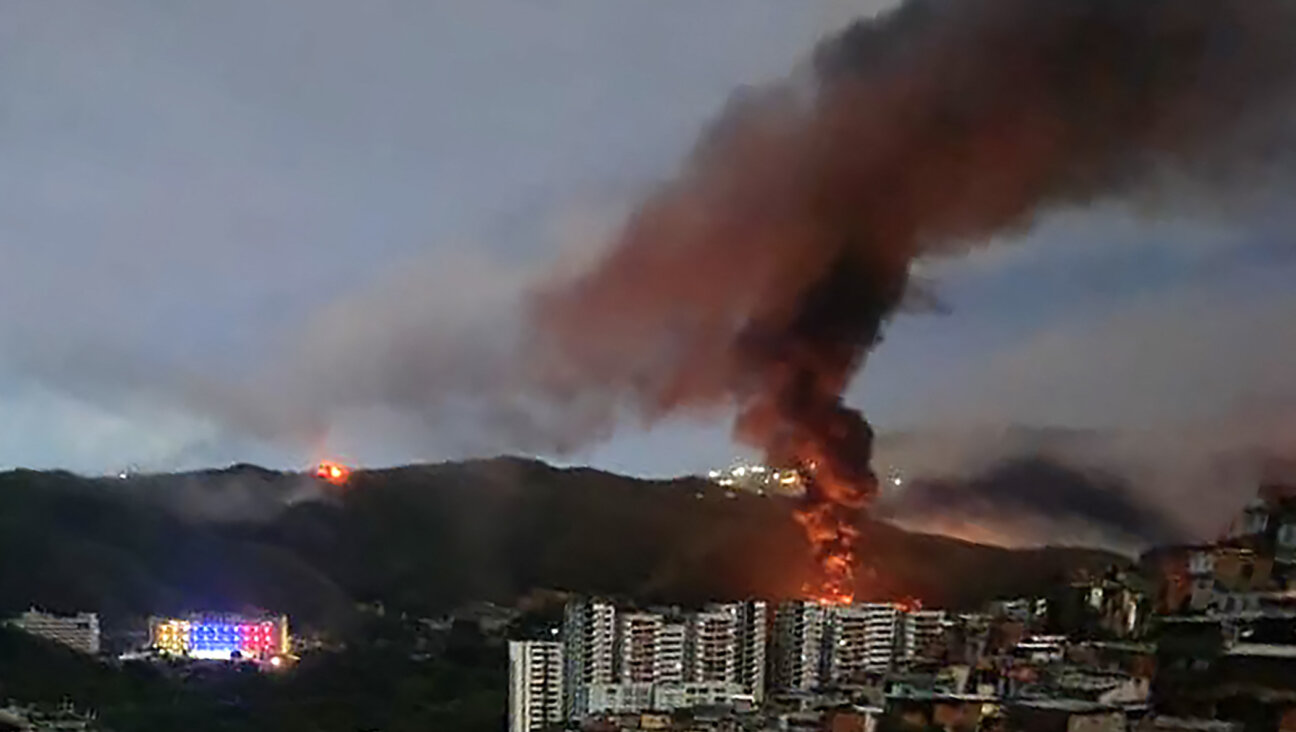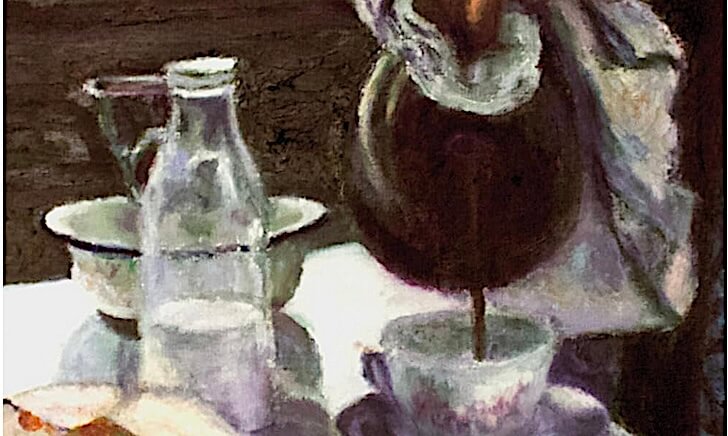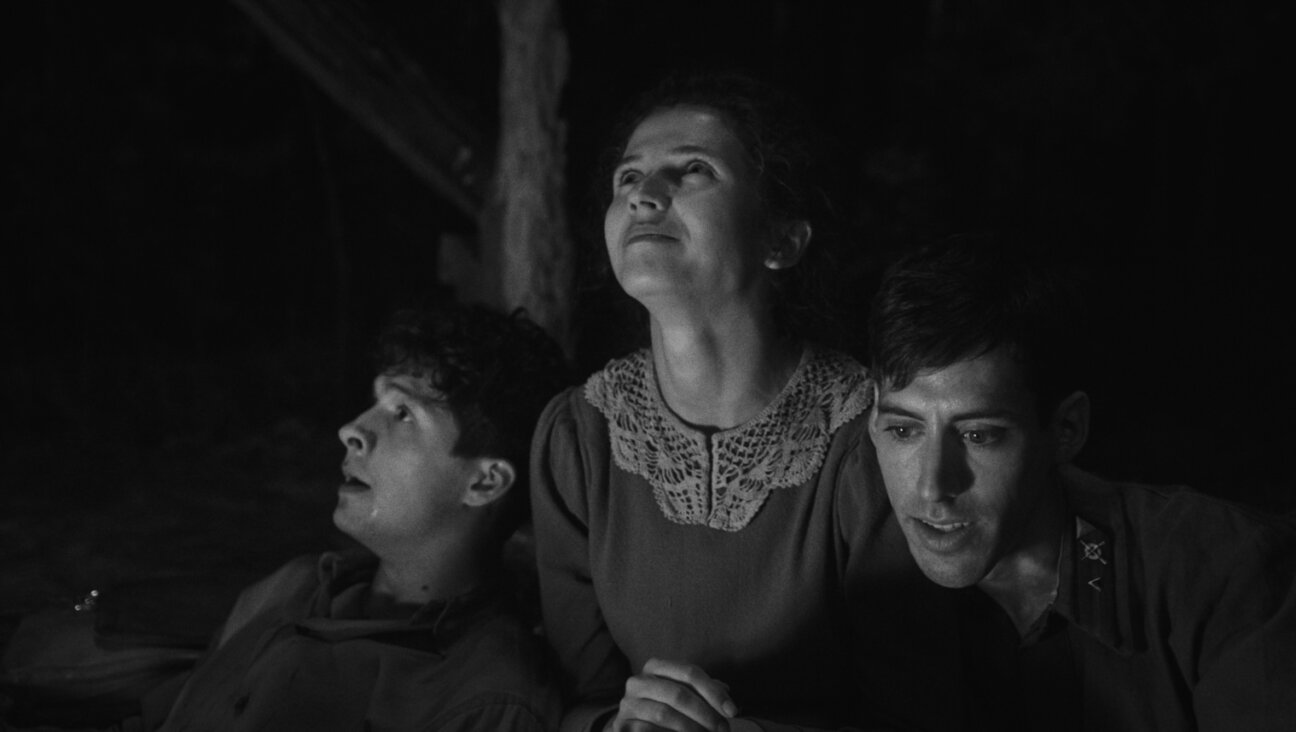On Kristallnacht, the world ignored Jewish suffering. Today, we risk repeating this mistake

Graphic by Angelie Zaslavsky
On the way to school, 10-year-old Ruth Winkelmann saw Nazi stormtroopers painting a Star of David onto the back of a religious Jew’s coat.
In an interview with the BBC, Ruth said: “I thought, ‘My dad is with me and nothing bad can happen to me,’ but it was a very disturbing sight, and I was shaking.’”
It was November 10, 1938, the second day of Kristallnacht, a pogrom on local Jews launched by the Nazi Sturmabteilung paramilitary force together with German civilians throughout Nazi Germany, Austria and the Sudetenland.
As her father, who worked in his parents’ scrap-metal business, drove her to school, Ruth saw “broken shop windows and shards of glass lying in the streets,” as well as “a shop where someone had painted the word ‘Jew,’ and smeared on a Star of David.”
Ruth went to a Jewish school: upon arrival, the head teacher told the pupils what had been happening elsewhere in the city during the pogrom. “Jewish shops had been smashed up and people brutally killed. Shop windows had been broken everywhere, and the words ‘Jew’ or ‘Jewish pig’ written in many places,” Ruth recalled. Several of her friends’ fathers were among thousands deported or sent to concentration camps.
In total, 267 synagogues and 7,000 Jewish businesses were vandalized or destroyed throughout the German Reich, and nearly 30,000 Jewish men were sent to concentration camps. Hundreds more are believed to have been killed.
Amidst the horrors of the Holocaust, the terrible events of Kristallnacht are often overlooked, particularly as they took place years before the Final Solution was set in motion. However, because the world watched on and did nothing, these two days of shocking violence paved the way for what followed: the Nazis realized they could commit terrible crimes on the Jews without anyone coming to their aid.
The road to Auschwitz did not begin and end with the laying of the grisly train tracks to the hellish concentration camps, the digging of mass murder pits in Eastern Europe or the construction of the gas chambers or death camps. The extermination of the Jews was not inevitable or unforeseeable; following Hitler’s rise to power in 1933, there were constant warning signs. Had any of these been heeded, even dealt with, perhaps the Holocaust — or its sheer enormity — might have been averted. The first lesson of Kristallnacht is to take the warning signs of antisemitism seriously.
In the case of Nazi Germany, even before the Holocaust and even before Kristallnacht, the warning signs steadily increased throughout the 1930s. In April 1933, the Nazis organized a nationwide boycott of Jewish-owned businesses in Germany, excluded Jews from civil service positions and limited the number of Jewish students in public schools. In October of that year, non-“Aryans” were forbidden from working in journalism. In September 1935, the Nuremburg Race Laws were passed, forbidding marriage and sexual relations between Jews and Germans. In October 1938, the letter “J” was stamped in Jewish passports. In retrospect, all of these incremental steps helped pave the way for the dehumanization and subsequent extermination of the Jews, but nobody came to their aid.
Although, thankfully, the situation facing Jews today is nowhere near comparable to what they faced in Nazi Germany, the Jewish community’s feeling of safety and security around the world is again on the decline. A recent survey by the American Jewish Committee found that nearly 40 percent of American Jewish respondents changed their behaviour out of a fear of antisemitism over the past 12 months.
Meanwhile in Europe, 89 percent of the 16,000 respondents to a 2018 survey by the EU’s Fundamental Rights Agency reported feeling that antisemitism had increased in their country over the past five years, with 85 percent considering it to be a significant problem in their country.
Unfortunately, too many people question these findings or downplay their significance.
Those who fail to take these concerns seriously leave Jews feeling alone and without allies. While we are of course far from the horrors on the scale of the events that transpired in Nazi Germany over the course of the 1930s and beyond, only by identifying these trends at an early stage can we have any hope of reversing them. We must recognize and address the facts head-on.
Jewish fears, reflected in the survey data above, need to be addressed. Jewish institutions in Europe and America have been targeted in terror attacks, and as a result synagogues need to be protected like fortresses. Physical attacks against Jews in the United States and Europe are on the rise. Holocaust denial persists. These warning signs should not be ignored.
To help in this cry in the dark, we need to shed a little light. On the anniversary of Kristallnacht, March of the Living leads a global initiative calling on individuals, institutions and houses of worship around the world to keep their lights on throughout the night of November 9 as a sign of solidarity against antisemitism and all forms of racism, hatred and intolerance. Whether in Frankfurt or Florence, Coventry Cathedral in the United Kingdom or the walls of the Old City in Jerusalem, the task of all humanity is clear: We must actively engage in shedding light on the destructive darkness of hate. And we must do so now.
















